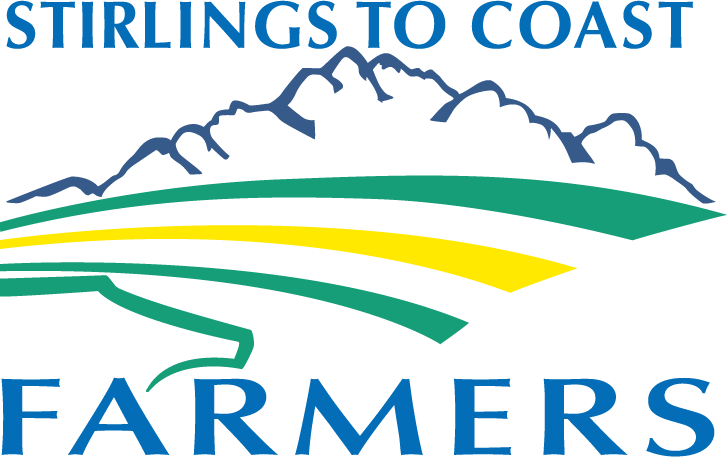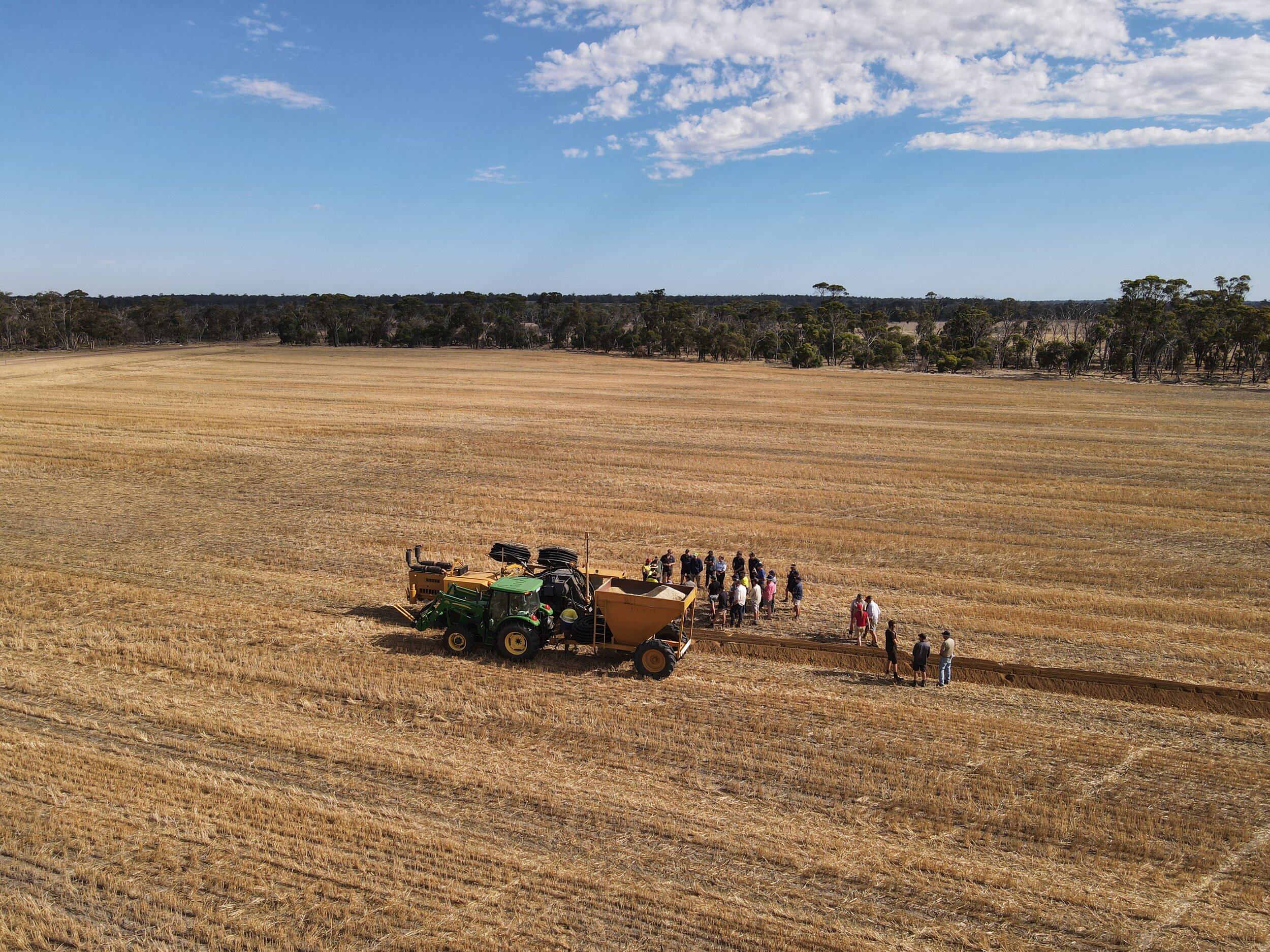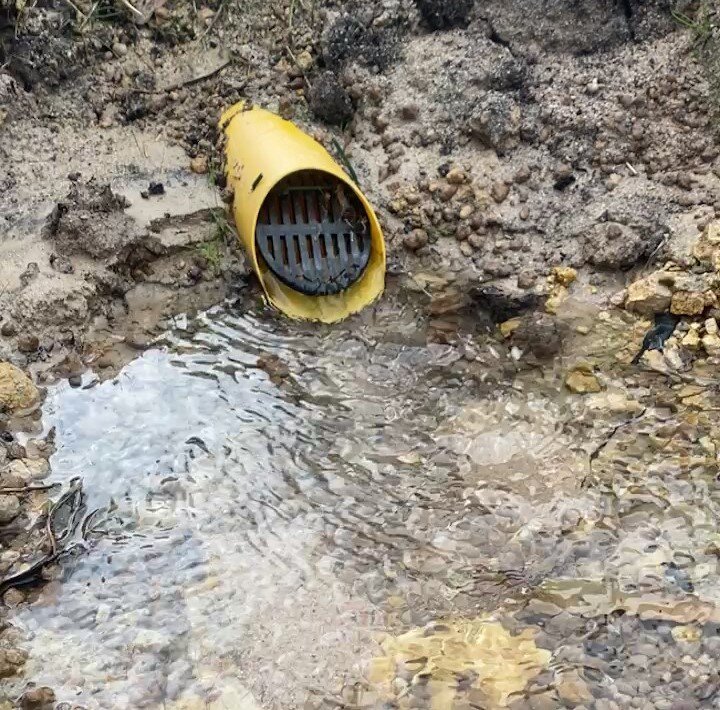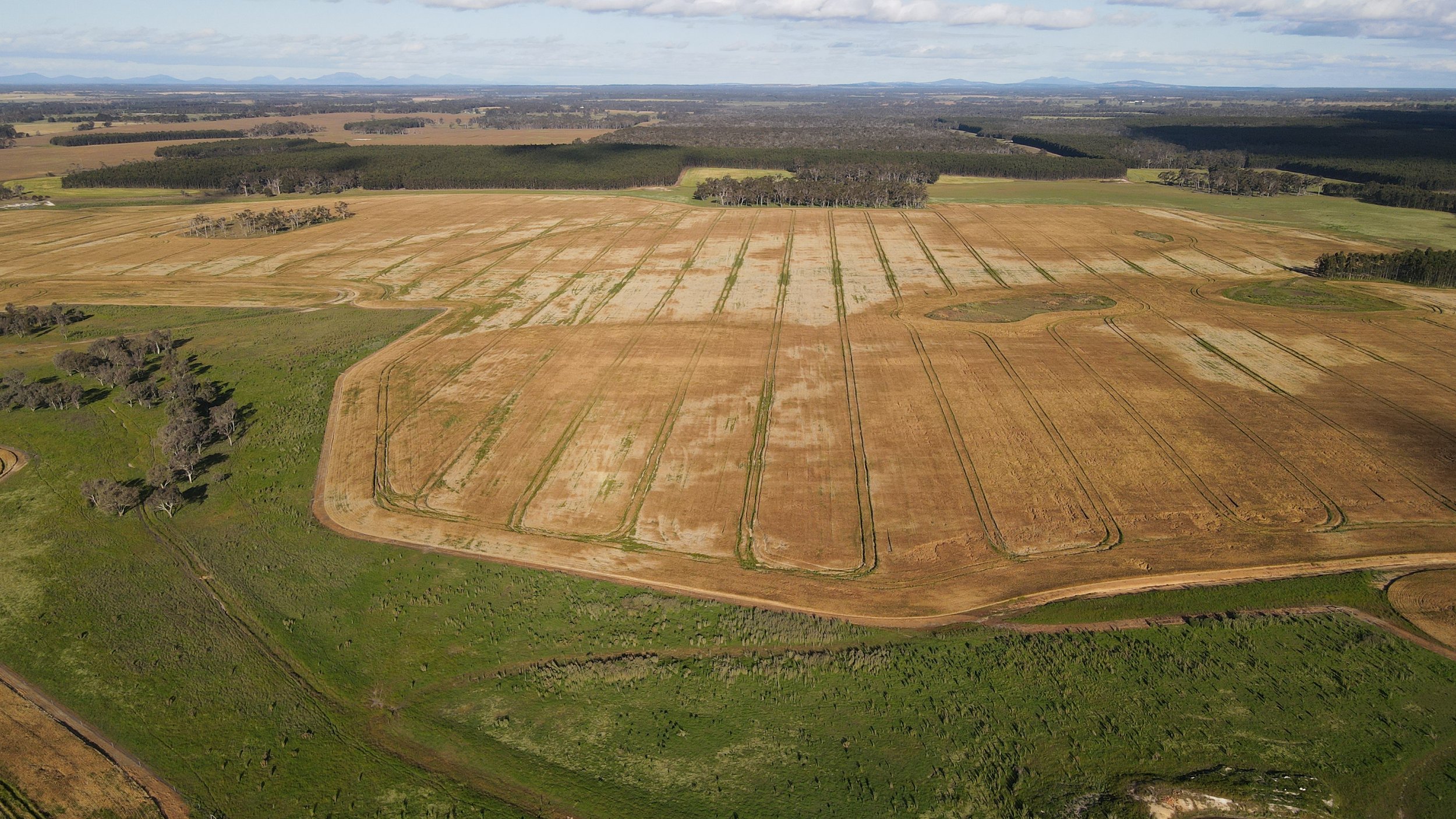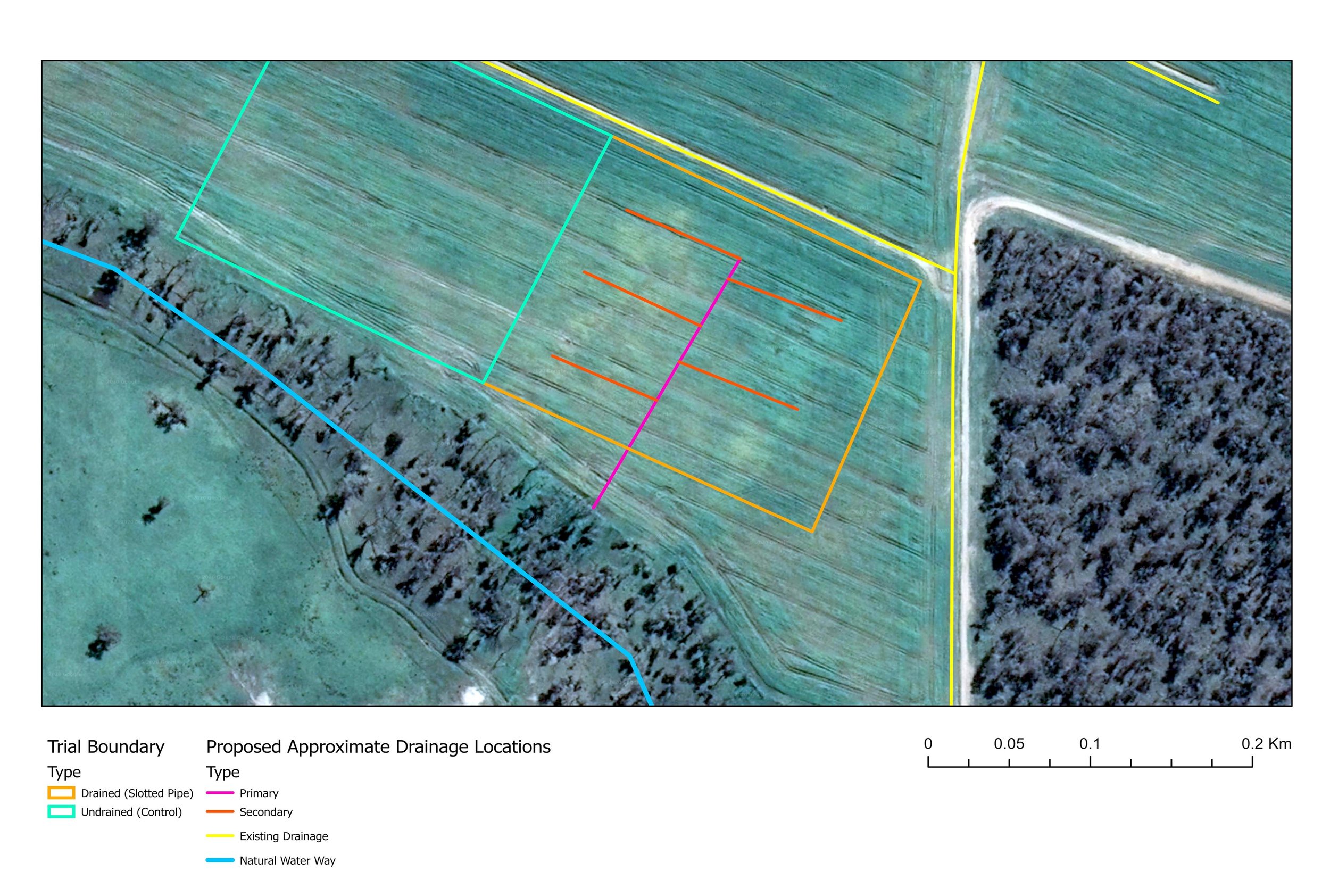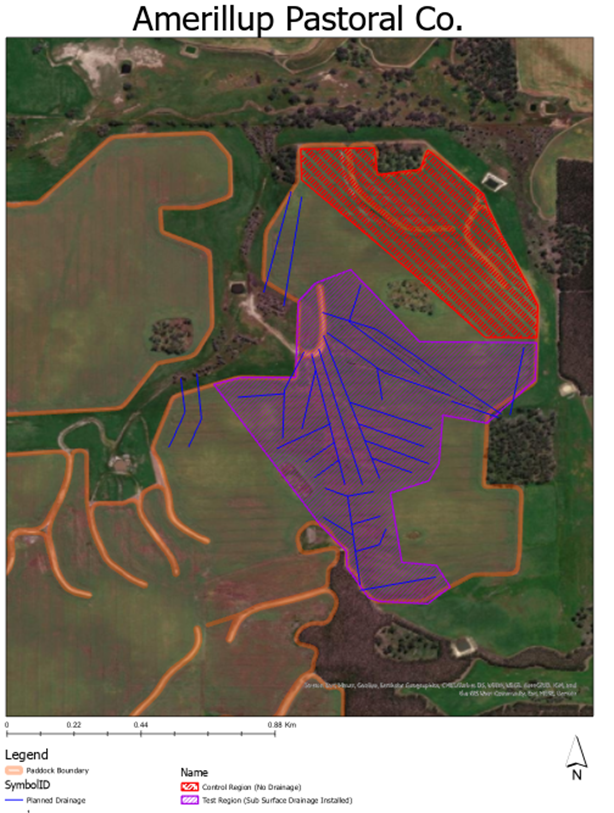Sub-surface water management options
Key Messages
Subsoil drainage is a waterlogging solution that requires substantial upfront investment from growers.
This SCF project will monitor installation costs and yield benefits over multiple years to ascertain the value of subsoil drainage in managing waterlogging in cropping enterprises.
Despite a challenging season, the yield gain from implementing sub-surface drainage equated to a 1 tonne/ha yield benefit.
Background
Many SCF members are well-acquainted with waterlogging in the high rainfall zone (HRZ) and the impact it has on grain yields. Under waterlogged conditions, excess water within the root-zone creates anaerobic conditions (conditions without free oxygen) and prevents the plant from taking up nutrients and surviving. Left unmanaged, waterlogging can lead to soil structural decline and has the potential to create nutrient deficiencies & toxicities, create root death/reduced plant growth, or result in the death of the plant.
There are a range of methods available that we can utilise to minimise and mitigate against the effects of waterlogging, including the use of either surface water management or sub-surface water management methods. Surface drainage options available to growers include raised beds, evaporation basins, & interceptor drains, while subsurface options include slotted pipe, mole drains & pumping options.
This investment aims to assist growers in making informed decisions around the installation of drainage to reduce the impacts of waterlogging on crop production areas and overall farm profitability. This will be achieved through grower participation in the planning, development, monitoring and maintenance of the drainage installation trial sites. Data, such as the cost of implementation, water movement, plant establishment, biomass and yield will be collected from within the drainage zone of influence and compared to outside of this zone. Measurements will be collected over multiple years to give growers a better understanding of the improvements in yield and time to return on investment.
Method
Two sub-surface demonstration sites will be established in the Great Southern region of Western Australia, with one site located West of Cranbrook [Preston Family Farms – established in 2021] and a secondary site located near Perillup [Amerillup Pastoral Co – Establishing in Summer 2022].
Data, such as the cost of implementation, water movement, plant establishment, biomass and yield will be collected from within the ‘drainage zone of influence’ and compared to a region outside of this zone to simulate both drained and undrained scenarios, side by side.
Growers attended a live installation demonstration in early 2021 with installation contractor Drainage Downunder. This will now be followed by training seminars, workshops and materials covering dedicated topics such as:
The regulatory requirements to drain land – Registering a “Notice of intent to drain” (NOID)
Methods of monitoring waterlogging & measuring drainage success – tools for the assessment and monitoring of water-logging on-farm (satellite imagery & yield mapping)
Steps to implementing effective sub-surface drainage solutions such as:
Contractor selection
Sub-Surface drainage options – types of drainage available
Planning for success - drainage design considerations and solutions
Maintenance requirements
Steps to calculate a return on investment from implementation.
A second demonstration sister site is also being set-up in the Esperance Port Zone by South Coast NRM, and key learnings/results will be shared between both project sites.
Resources
Newsletter Articles
Handbook
Videos
ACKNOWLEDGEMENTS
This project is funded by the Grains Research and Development Corporation
